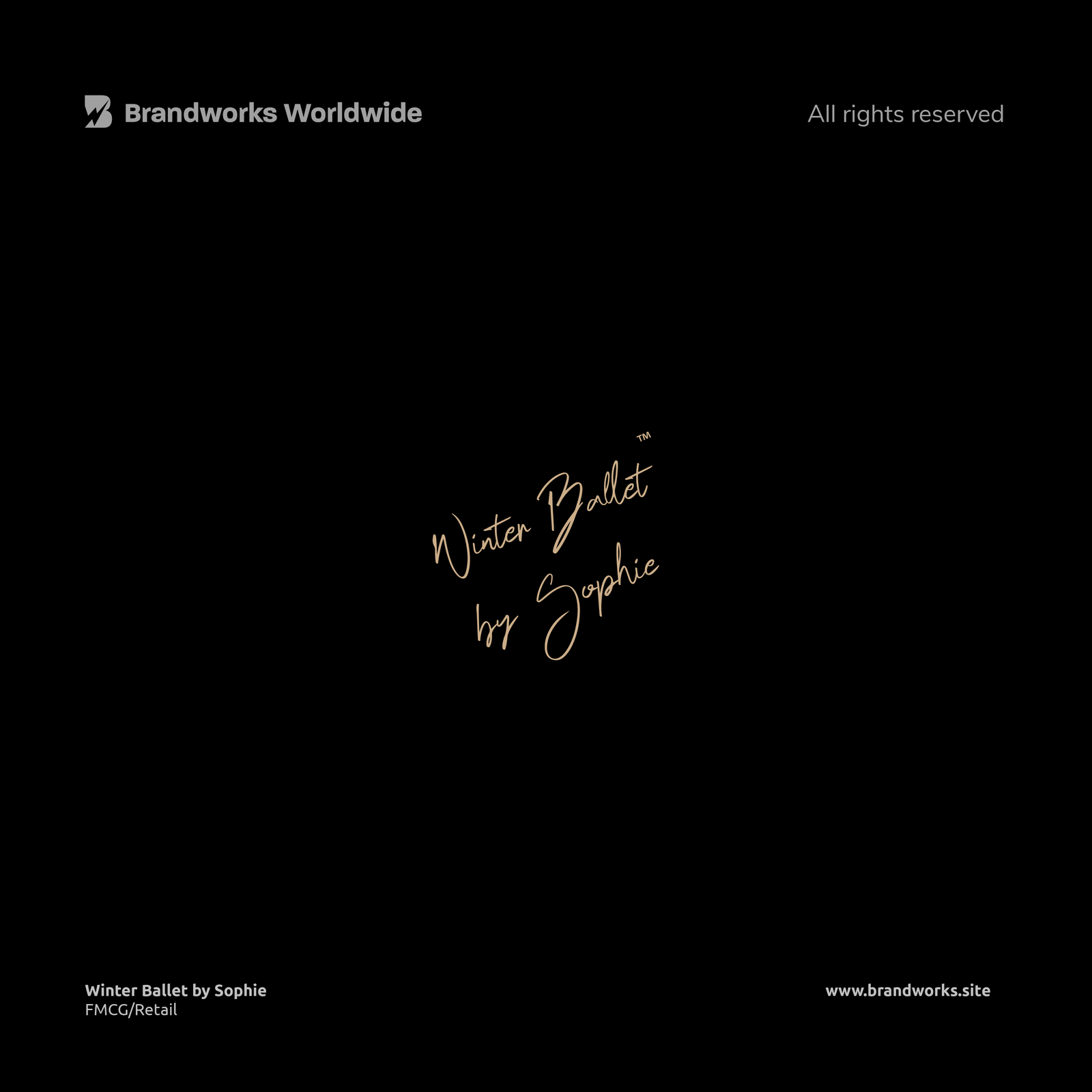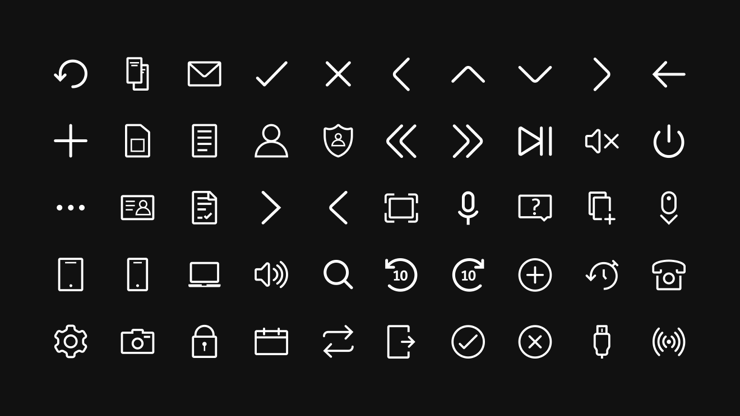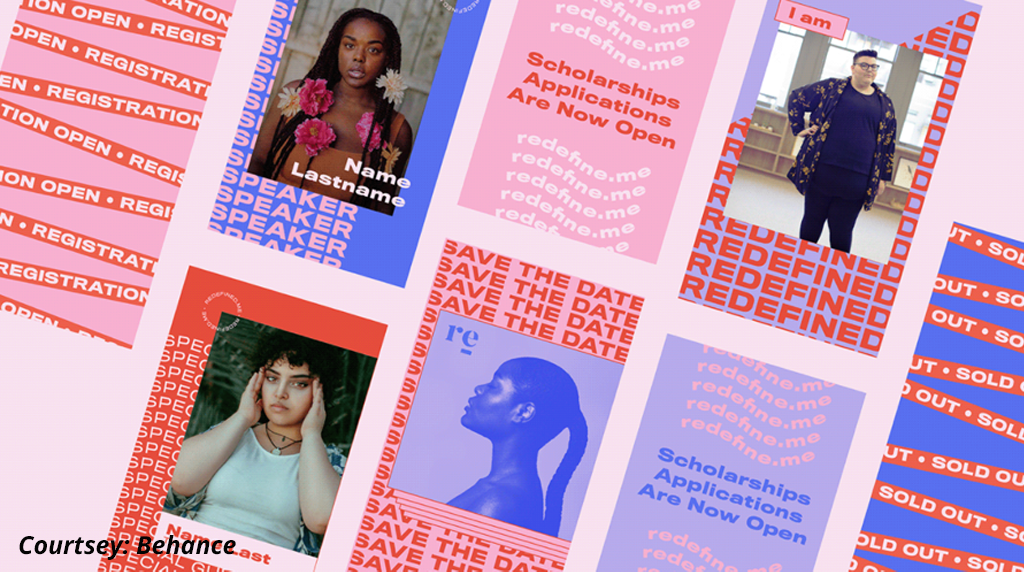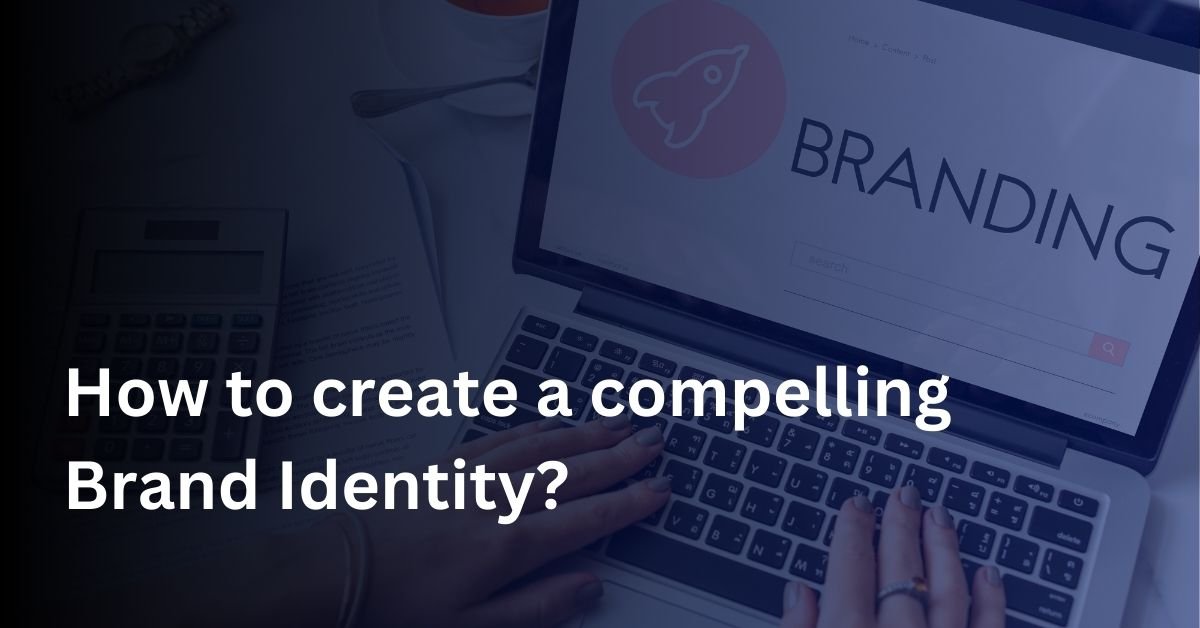Do you ever feel like you’re just stuck and feel like your brand aesthetic is neither here nor there? What if there was a road map that you could follow to craft a strong and recognisable brand?
Before we dive right into decoding what makes a brand identity compelling we first need to understand what exactly brand identity is. A brand identity depicts an organization or a product offering, or both. A brand identity is simply the total of a brand’s appearance of itself to the world. Solid brand identity doesn’t occur incidentally. You can’t simply pick a couple of colors and rush out a logo. You need to move towards your plan deliberately. This requires profound thought, a team with solid correspondence and plan abilities, and a concise comprehension of your brand.
The Two Facets of Brand Identity
A brand’s identity can be characterized through inner qualities, or highlights that depict the kind of “individual” a brand is within, and outer attributes, or visual highlights that portray how the brand looks and presents itself to the world.
How these two facets identify with one another can be the main consideration on if a brand’s character is effectively imparted. A brand’s outside attributes are undeniably more quick than its inside ones. Assuming these don’t sufficiently catch the embodiment of the brand’s “internal life” it turns out to be significantly harder to persuade shoppers that the brand is the thing that it says it is.
What Defines a Brand’s Internal Identity?
A brand’s internal identity can be characterized by the many similar attributes we characterize singular personality by. This is on the grounds that a brand identity is expected to achieve exactly the same thing. By characterizing a brand identity we’re endeavoring to mention to the world what it is that makes the brand one of a kind. We’re attempting to make a strong picture to people of what is the issue here. What they do, how they do it, and Why they do it and What they feel about what they do.
Brand Voice
Identified with a brand’s identity is its voice. On the off chance that it were an individual, given its character, what kind of things may it say? This is critical for advertising purposes, where the objective is to impart unmistakably and reliably with purchasers. Actually, like a character in a film, the things a brand says in its promotions, on its site, and elsewhere it shares messages, its voice should be steady. Nobody would accept the realness of a character that appeared to flip between voices all through scenes, making statements that are conflicting with things it said previously. In like manner, a brand’s voice needs to feel fitting to its character and stay steady over the long run. Something else, buyers will struggle trusting it and interfacing with it.

Brand Values
Like an individual, an organization can represent things. It can esteem certain beliefs. These organization esteems make an interpretation straightforwardly to mark esteems and add to a brand identity. As per Harvard Business Review, 64% of individuals that say they have a relationship with a given brand give shared qualities as the fundamental driver of the relationship. Individuals need to realize that the organizations they offer cash to utilize that cash in manners they would uphold, so characterizing your image esteems is a significant piece of brand identity.

Brand Mission
A brand’s main goal is identified with its qualities. What an organization does is genuinely clear to the purchaser. Why it decides to do this isn’t. A brand’s main goal gives the purchaser setting for the items and administrations it offers. It assists them with fitting the brand into its serious scene and gives them reasons why they should uphold it over some other brand. This is the reason you see a ton of organizations today wrapping social mindfulness into their image personalities. It’s crucial to them that buyers comprehend they aren’t simply doing how they help the cash yet in addition since they need to influence a type of good on the planet. A brand’s main goal “adapts” them.


Brand Positioning
This characteristic is, somely, a summation of the relative multitude of other internal attributes we’ve examined. It’s attempting to impart what makes the brand interesting. Notwithstanding, it does this from the point of view of the contest. Rather than being simply clear, a brand’s exceptional situation is additionally relative. It takes a gander at the rivalry — their characters and contributions and afterward differentiates the brand against these. Though everything before has essentially said, “this is who we are”, brand situating examines this yet additionally speaks more about the rivalry, and afterward ponders their bothersome qualities the brand doesn’t share.
With these internal qualities, it’s significant that a brand’s overseers profoundly see precisely who the brand is and what inspires it. Otherwise, the brand will not feel like a total “individual” to customers, and buyers are more averse to acknowledge it. Besides a helpless comprehension of who your image is within will make it exceptionally hard to make an interpretation of that to trustworthy outside attributes that will resound with general society.
What Defines a Brand’s External Identity?
Eventually a brand’s external identity, or visual personality, is characterized by its internal identity. The viewable signals a brand uses to make its visual personality ought to be formed with care to convey the center of the brand’s internal identity rapidly and plainly, as these obvious prompts are the most clear feature of the brand’s character. It’s the visual character, matched with the brand’s voice, that individuals come into contact with prior to whatever else, so it’s significant that they supplement one another.
Brand Logo
A brand’s logo is a solitary visual image entrusted with conveying however much as could reasonably be expected about the brand’s internal identity. Planning an extraordinary logo is no simple errand. It includes refining a brand’s personality down to its quintessence to make a solitary visual explanation that promptly passes on the proposed message.
The logo additionally establishes the vibe for the remainder of the visual security that is made during the time spent advertising a brand, so if a brand’s overseers get the logo wrong it’s conceivable the brand’s whole visual character will insufficiently communicate its internal identity, or more terrible, struggle with or befuddle it, with desperate outcomes.










Iconography
Great iconography is affected by the inventive visual language as well as by the applications for the work. It relies upon what your item or administration is, just as the business and medium (e.g.,web-only vs. UI vs. sales brochures). Iconography is part workmanship, part science, so you need to ensure things are just about as clear as could really be expected.
Color
Color affects how a brand’s visual character is perused. In case you’re endeavoring to pass on eco-awareness and you don’t coordinate green across your visual guarantee you’ve botched an enormous chance to in a split second pass on that data. On the off chance that your image is scrappy and gregarious and you pick for the most part cool tones like blues, you’re likely not passing on your character as promptly as you may by picking warm, dynamic tones like reds and oranges.


Typography
Each visual component in your identity ought to add to a firm visual language, and in this way each should supplement the other. This is especially valid for typography, which ought to be educated by the state of your logo. Each stage has its own novel difficulties, yet typography can be interesting in a visual language, particularly when brands follow patterns (serif versus non-serif) that are hot briefly yet immediately become dated or seem predictable.
To keep it basic, limit the quantity of text style families to 2-3. This for the most part incorporates essential and optional brand typefaces for explicit purposes, for example, body duplicate typeface, UI typeface, and so forth
Imagery
It’s significant that the imagery a brand utilizes in its site, promotions, boards, and other visual mediums are reliable and pass on valuable data about the brand. A line of childcare items would probably utilize imagery that spotlights on happy families, with brilliant, radiating youngsters. This symbolism gives a fast preview of who the brand is and what they care about. The familiar maxim that words usually can’t do a picture justice applies here. You can pass on as much data with the picture you select for a promotion as you can with the duplicate that goes with it.

The Keys to a Strong Brand Identity
All things considered, on the grounds that you plan those components doesn’t mean they’re viable. A solid brand identity needs to work for everybody, both your inner group (e.g., brand diplomats, content makers) and individuals who will interface with it (e.g., clients). As you set out on the plan cycle, ensure your brand identity is,
Unmistakable: It stands apart among contenders and grabs individuals’ eyes.
Noteworthy: It has an enhanced visualization. (Consider Apple: The logo is so noteworthy they just incorporate the logo—not their name—on their items.)
Versatile and adaptable: It can develop and advance with the brand.
Firm: Each piece supplements the brand character.
Simple to apply: It’s instinctive and clear for designers to utilize.
In the event that any of these components are missing, it will be challenging for your brand team to take care of their work competently.
In Your Customer's Eyes Your Brand Identity is You

How you pass on what your identity is basic, since, supposing that your clients get blended messages, or misread the message totally you’ll have a much harder time in the commercial center. Very much like with singular personalities, individuals are companions with individuals they like. Individuals they comprehend. Genuine individuals whose internal characters match what they show the world. On the off chance that you get brand identity right you’ll see it a lot simpler to snatch clients. In any case, it’s a cycle, so begin!

The Complete Product Development Solution: From Concept to Launch
In today’s fast-paced market, bringing a product from concept to launch requires more than just a great idea. It demands a streamlined, end-to-end development process that ensures every stage is handled with precision, efficiency, and expertise. Whether you’re a startup with a fresh concept or an established company ready to take a new product to

How We Use 3D Printing to Accelerate Product Prototyping
In the fast-paced world of product development, speed and efficiency are paramount. Companies are always searching for ways to streamline their processes and reduce costs. One revolutionary technology that has changed the game is 3D printing. At our agency, we harness the power of 3D printing to accelerate product prototyping, enabling businesses to innovate rapidly



